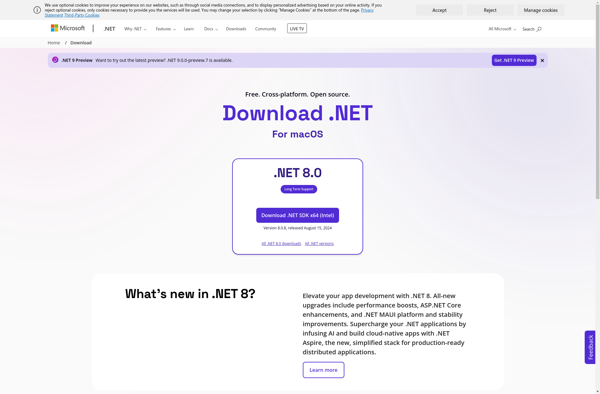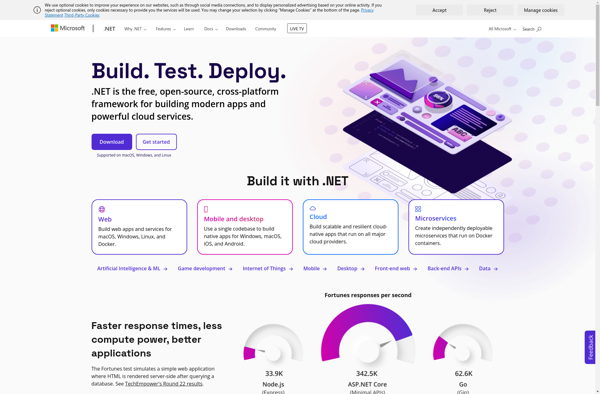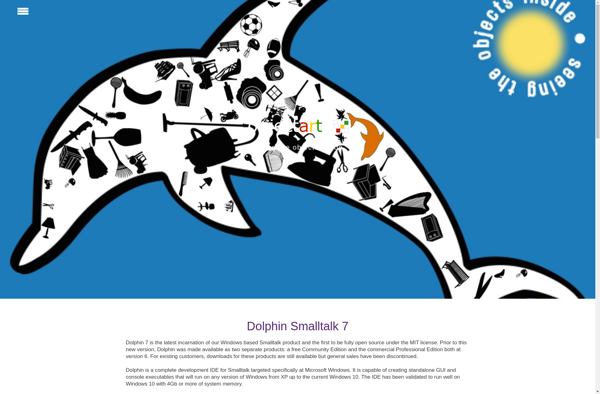.NET Core

.NET Core: Cross-Platform Framework for Building Modern Apps
Discover .NET Core, an open-source framework for building modern cloud-enabled apps with C#, F# and ASP.NET. Learn more about its features and benefits on SuggGEST.
What is .NET Core?
.NET Core is an open-source, general-purpose development platform that Microsoft launched in 2016. It's a modular, high-performance implementation of .NET for creating web apps, services, libraries and console apps that run on Windows, Linux and macOS.
.NET Core shares a lot of functionality with the .NET Framework, which is the established development framework Microsoft launched with the .NET initiative in 2002. Key shared components include the runtime engine, the Base Class Libraries, managed application domains and the Common Language Runtime. However, .NET Core diverges from the .NET Framework with its cross-platform support, lightweight architecture and faster release cadence.
Some key capabilities and benefits of .NET Core include:
- Cross-platform support for Windows, macOS and multiple Linux distros like Red Hat, Ubuntu, SUSE and more.
- An optimized runtime providing better throughput and latency.
- A modular architecture allowing developers to include only the components their apps need.
- Open-source implementation with a dedicated .NET Foundation guiding improvements.
- Frequent updates every 3 months with new features and security fixes.
- Backwards compatibility with existing .NET code through .NET Standard 2.0.
- Flexible deployment options as stand-alone apps or hosted in Docker containers.
.NET Core gives developers the power and flexibility to build a wide array of modern, high-performance applications and services on multiple platforms. Its continued growth underscores that .NET remains a vibrant, innovative technology for the future.
.NET Core Features
Features
- Cross-platform - runs on Windows, Linux and macOS
- Open source and community-focused
- Backwards compatibility with .NET Framework
- Built-in dependency injection
- Lightweight and high performance
- Flexible deployment options
Pricing
- Open Source
- Free
Pros
Cons
Official Links
Reviews & Ratings
Login to ReviewThe Best .NET Core Alternatives
Top Development and Application Frameworks and other similar apps like .NET Core
Here are some alternatives to .NET Core:
Suggest an alternative ❐.NET Framework

Dolphin Smalltalk
